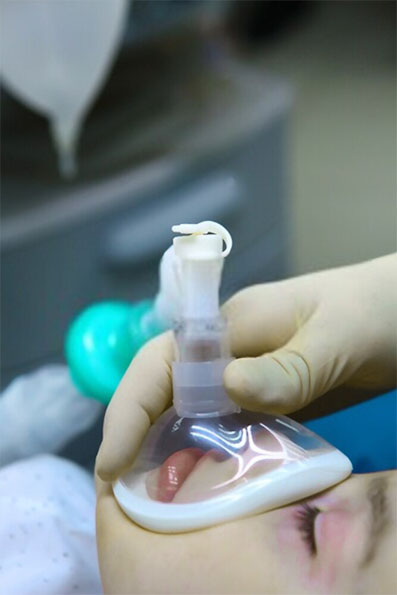Anesthesia
For some dental procedures, your dentist will decide to administer an anesthetic. Anesthesia helps to dull the pain of a procedure or to sedate an anxious patient.
Types of anesthetic
There are several different types of anesthesia. The most common is a local anesthesia. Other types include nitrous oxide and intravenous anesthesia.
Local Anesthesia
This is the most common form, and is mostly used during tooth fillings or root canal procedures. When your dentist needs to numb only a section of your mouth, they will use a local anesthesia. He or she will begin by drying your mouth using air and/or cotton rolls. They will then apply a gel that numbs the skin. After the skin is numb, your dentist will inject the anesthetic into the gum tissue. For most patients, they do not experience any pain from the injection. They do, however, feel the sting of the anesthetic moving into the tissue.
This form does not put you to sleep, but only numbs a part of your mouth. It last only two to three hours before wearing off. It might be challenging to talk, eat or drink during this period.
Nitrous Oxide (Laughing gas)
This form of is often used on children or patients who are nervous or anxious. The gas is mixed with oxygen and administered through a mask that fits over the nose. The patient will remain conscious but more calm during the procedure.
General Anesthesia
General anesthetic causes a temporary loss of consciousness. The patient will fall asleep and remains completely unaware of the procedure being performed.
Your dentist might use it during some procedures, such as wisdom tooth extraction. They may also use it on children or adults with severe anxiety or restlessness. It might also be necessary in cases where local anesthesia fails to anesthetize the surgical site. This may be caused by an infection.


